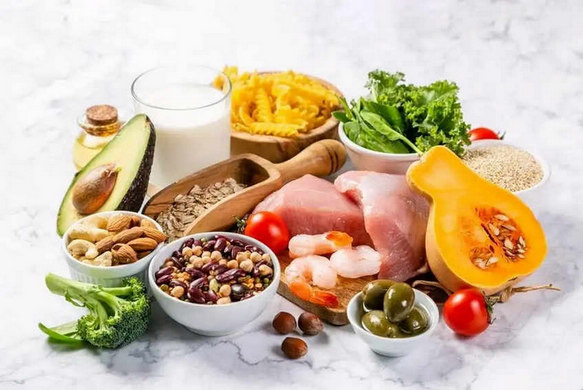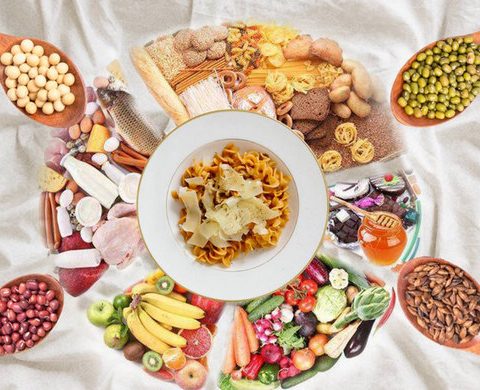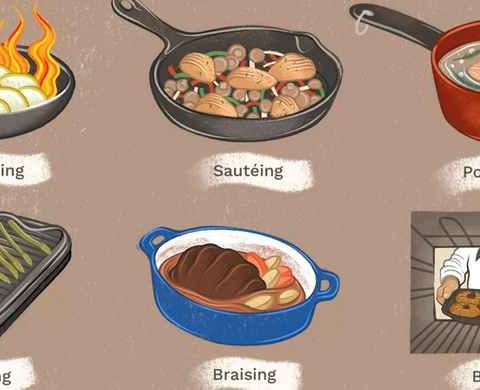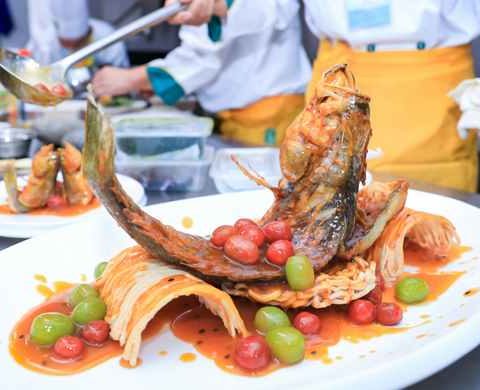Food as medicine introduction
Chinese medicine has historically used certain foods, their nutrients and their pharmaceutical qualities, to treat certain conditions and diseases. Garlic has been used against infections and in the treatment of carbunclesand inflammations and has been effective in getting rid of worms and parasites in the intestinal tract; scallions have been used in the treatmentof colds and influenza and eating raw scallions has been thought to improve blood circulation and the body’s resistance to severe cold. Radishes reduce phlegm and relieve coughing. Bean milk and beancurd check and prevent fevers. Ginger is good for the stomach and intestine. Tomatoes can help digest fat and is good for the liver. The bulb of scallions and watercress are good for the brain. Raw peanuts, dates and walnuts are good for the bone marrow and can serve a function in the production of red blood cells and platelets. They prevent and are used to treat all sorts of anaemias. Black edible fungi clears the villi in the stomach, intestines and lungs. Tremella, known as “the best fungi” contains protein, sugar, vitamins and amino acids. If eaten, it is said to moisten the lungs, promote the scretionof saliva and body fluids, improve the blood and the condition of the stomach.
Does diet affect appearance?
Diet is closely related to health. But in addition, the diet is inseparable from physical beauty. Some say that “food is as important as cosmetics”. There is some truth to the saying. All sorts of vitamins play important roles in a person’s physical appearance. Vitamin A gives you bright piercing eyes and good healthy skin; vitamin B can smooth away wrinkles and eliminate pigment spots in the skin. Vitamin E is good for the skin as well. Bean oil and bean milk supplies protein and fat for the skin and sour beancurd and yogurt can fill out the skin cells. It is not enough to rely on cosmetics for a beautiful complexion. Nutrition will determine whether it is really healthy.
Balanced Nutrition
The functions of food in the human body are many-faceted. To studyand understand these functions is only the first step. More important, how do we make use of these foods to their best effect rather than to a contrary effect, harming one’s health. The answer is in organizing the diet or balancing the diet. The fundamental principle here is to make food go through the human body, according to the body’s needs, at fixed times and in fixed proportions. The quality and quantity of the food is critical. The quality means that foods must be fresh, pure and untainted. The nutrients must remain intact. Quantity means amounts of various foods; not too much, not too little. Fixed times mean regular meals and a reasonable period of time between two meals. Fixed proportions means proper portions of all the nutrients without partiality for a particular food. This fundamental principle, if followed, will satisfy all the physiological needs. A person may thus stimulate growth, increase vigor and vitality, raise working efficiency, improve resistance to diseases and prolong the robut years of his life.
Over nutrition will cause disease. When the individual has taken in too many calories, to much meat of fat and carbohydrates (especially simple sugars), and has not had sufficient amounts of vegetables and fruits and when the individual has not had proper exercise, he may suffer obesity, hyperlipemia, hypertension, coronary heart disease, diabetes, or other overnutrition diseases excesses in the diet are never beneficial to the health, the more so during adulthood.
What is a balanced diet?
An ancient Chinese medical book”Huang Di Nei Jing” divided our foods into four categories:
staples, the cereals;
nutritious foods, meats;
digestive foods, fruits;
supplementary nutritious foods, vegetables.
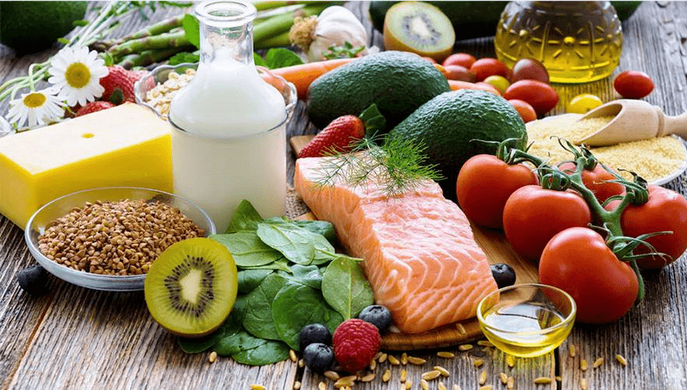
A proper diet means that foods should meet the needs of the human body; quality, quantity and proportions of the seven basics. The diet should include cereals, meats, fruits and vegetables and a mix of these will enhance the nutritional value of each. No single food contains all the nutrients and all the substances necessary for life. Vegetables will reduce the deleterious effect of fats for instance. Research has shown that vegetable dishes have a cancer preventing effect in the body. Sugar, protein and fat can provide the human body with caloric energy. They should be consumed in a ratio of 5:1:0.7. In planning one’s diet, we should pay attention to the following points:
1.Vary the foods in the diet, the more variety, the better. It’s better to eat both poultry and meat than only meat. One of the characteristics of Chinese cuisine is its rich variety of ingredients and this is one of the reasons that Chinese food is nutritionally sound.
2. Balance the menu by including “protective” foods, vegetables and fruits, meats and milk products and energy foods (starches, sugars and fats).
Cooking and preparation can protect the nutrient content in food. In stir-frying a vegetable dish, the vegetables should, of course, be washed but do not soak them in the water for too long. Stir-fry them on a high flame quickly. Add just a little water and don’t throw away the soup. Try to shorten cooking time. Don’t keep cooked dishes too long and don’t heat them repeatedly.
Diet will determine a person’s growth, a person’s energy and strength, life span and appearance.
Regularity in living habits and in diet is an important guarantee for health and longevity.
The traditional Chinese meals are the three meals a day, with four to five hours between meals, giving the food time to pass through the digestive system. Breakfast should supply 30-40% of the day’s nutrients, lunch 40-50% and supper 20-30%. A good breakfast, a full lunch and alight supper will maintain a balance between the absorption and consumption of calories. A balanced diet according to your own age, sex, profession and your health will allow you to be healthy, beautiful and to live a long life.

